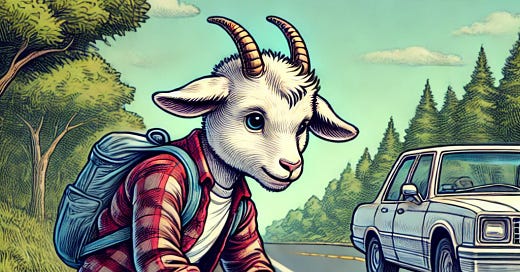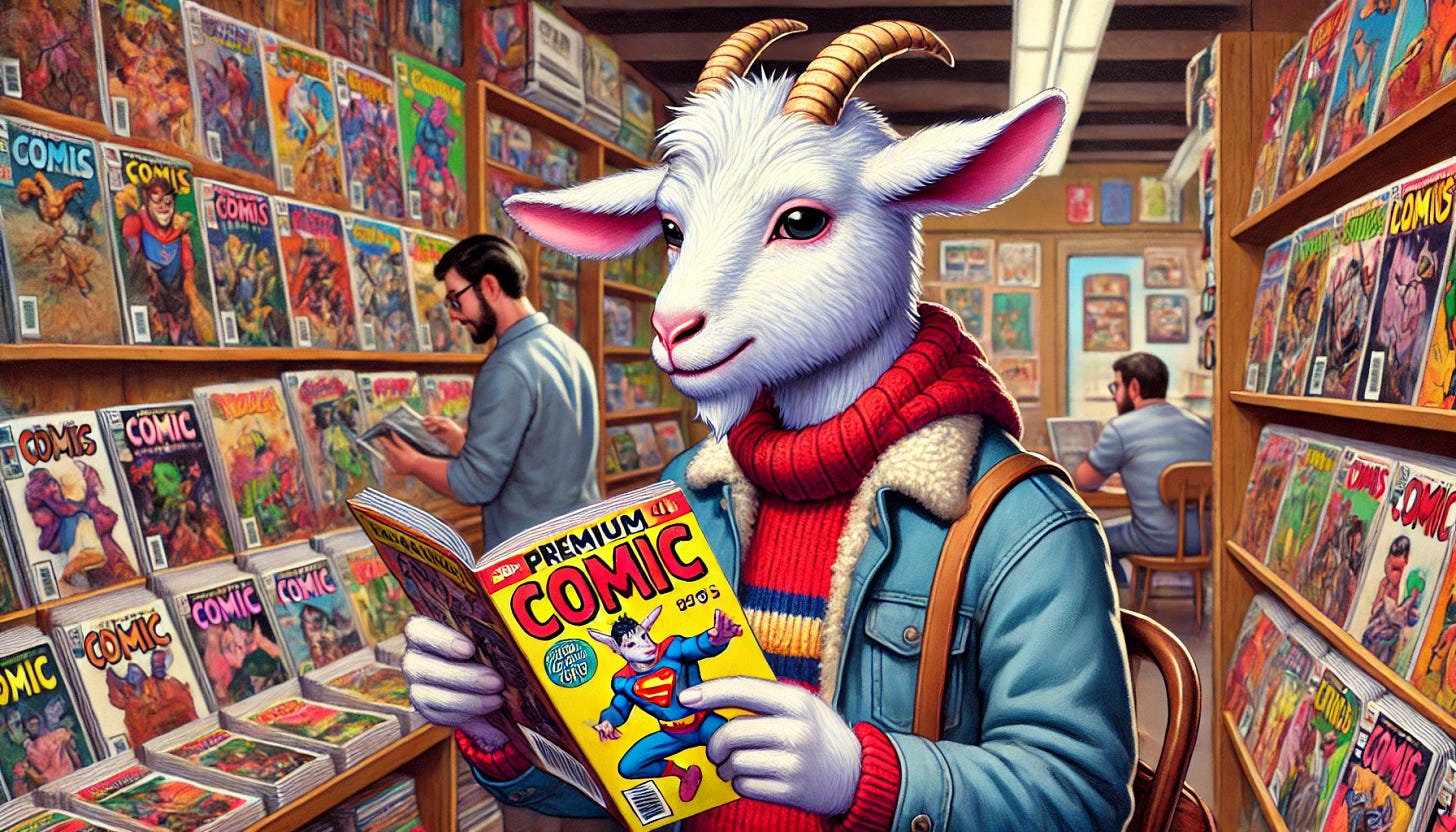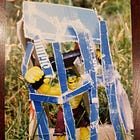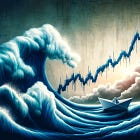When I was a kid, I earned money in a variety of ways, and I remember how much some of them paid me.
Sometimes I’d hunt for aluminum cans to recycle. I’d serve the dual purpose of making the side of the road slightly prettier, while also stomping (to crush) aluminum cans. It happened that one can was worth about a penny at the time, so I knew that if I could collect a hundred cans, I’d have a dollar.
Once I was old enough to (relatively safely) start pushing my family’s little lawnmower around, I started cutting grass. This was much harder work, and I almost certainly undersold myself and didn’t value my time well enough. Even still, I was able to command much larger sums of $10 per lawn, a princely sum during the late 1980s.
How princely? Well, a comic book on the newsstand was 75 cents throughout the mid-80s, but in 1988 both Marvel and DC jumped up to $1.00 on most titles.
This was a notable jump! That $10 now bought me only 10 issues of a new comic book, whereas I could have bought 13 before (with a little bit of change left over for some Willy Wonka Gobstoppers). At least I had something of an anchor in the price of comics, so I had a personalized unit to help me understand exactly how much of my time and energy I was trading, and in exchange for exactly what.
Astronomers use something they call a standard candle—a star which burns at the same intensity of brightness, no matter what, so you can tell how far away it is by how bright it is. Over time, comic books became my standard economic candle.
I don’t think many kids collected comic books in quite the same way I did, and I’ve written about why I think that is, but I’m pretty confident that kids in general are very sensitive to their personal economics. Kids in middle and high school are easily able to determine what they can do with their cash, and they seem to have a good handle on the trade-off, how much work and time goes into that trade.
By the time I was making minimum wage at the pizza shop, I was able to think in terms of hours worked vs what I wanted to buy. This all carried over into my early adult life, as I did the same sort of math for rent and bills every month.
Incidentally, minimum wage during the early 90s was $4.25 per hour, and that’s what I made for my first year there. While I might not have explicitly thought about comic books the entire time I was working, having a standard candle earlier in life certainly helped me to be able to understand the value of money better. By comparing something I wanted—more like a generic idea of “one new comic book”—I could determine the value of something I had to trade, like my labor.
So, one lawn was worth about 10 comics, or a little over 2 hours of work at the restaurant.
New comics were always on my radar, but the thing I really wanted was older, much more collectible ones. These classic comic books like the Incredible Hulk #181 (first full appearance of Wolverine) or the incredibly elusive Teenage Mutant Ninja Turtles #1 were in a league of their own for kids like me, and we had little hope of ever owning one… but secretly resolved to come back and buy them one day when we had successful careers as adults.
Of these classic comic books, TMNT (Teenage Mutant Ninja Turtles) #1 really stands out. During the late 80s and early 90s, as my comic collecting was at its most intense, it was almost inconceivable that a comic could cost so much, probably about $250. Memory serves me less well here because I never purchased anything so expensive as a kid.
Today, TMNT #1 in near-mint condition sells for $20,000. That’s an awful lot of lawns, although the average price of lawnmowing is probably closer to $50 today. The so-called Bronze Age of comics lasted from 1970 until 1985, and it’s notable that the most valuable of all came almost at the end of this period (TMNT #1 came out in 1984).
Other comic books from this period have kept up with the rise in wages, while others are now much less valuable. A good rule of thumb is that if there was a successful movie or TV show released between then and now, the price of that comic title has probably appreciated considerably.
For today, I just wanted to take a look in the rear view mirror of my past, to remember some of my earliest efforts to make sense of finance and economics. Amid a web of nostalgia, there are some interesting takeaways: finding a standard candle, a unit of comparison, is helpful.
Did you ever nerd out with collectibles? If so, you might enjoy this:
Alternatively, you might like this story about the 1987 stock market crash, which happened right as they raised the price of comic books. Coincidence?
Did you have any of these sorts of standard economic candles as a kid? How did you calibrate how much you could spend? Let me know:









This is interesting that I just read another essay that came out recently that covers a very similar topic about the Time Price Calculation. His examples are that Ritz crackers are significantly cheaper these days and I ran an experiment about gas from 1970 to today using his calculator (https://caydenpark.github.io/simple-calculator/) and found that gas is currently cheaper per gallon than it was back then.
Here's the essay: https://open.substack.com/pub/galepooley/p/ritz-abundance?r=1n2iy5&utm_campaign=post&utm_medium=web
My first comic (Daredevil) was 15 cents; I remember I was able to get a comic and a big candy bar for a quarter in those days. For most of my childhood comics were 20 cents; the jump to 25 cents some time in the mid-70s seemed like a lot. They went up rapidly after that to 35, then 50 cents and by then I wasn't buying them any more.
My metric as a kid was the price of a pack of baseball cards or other cards. For most of my childhood they were 10 cents for ten cards and a stick of gum. I had complete Topps sets from 1970 through around 1973 or 74, when I stopped collecting them. Unfortunately I threw them all away!😂 Like comics, they went to 15 cents sometime in the mid-70s, then to 25, then to 25 cents for 5 cards. Wasn't worth it anymore.